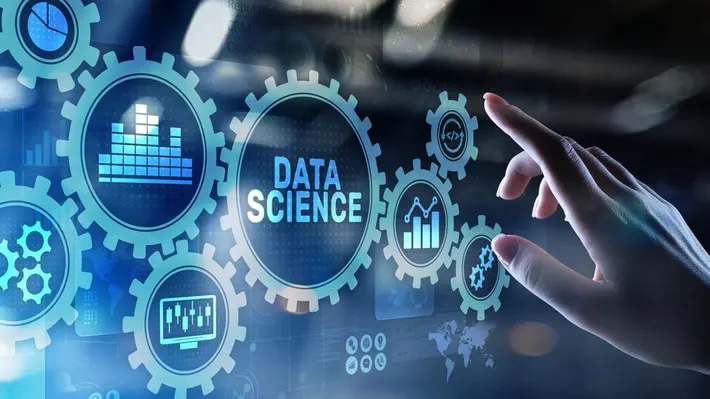In the ever-evolving landscape of data science and analytics, staying abreast of emerging trends is pivotal for professionals and organizations seeking to harness the power of data-driven insights. As we step into 2023, several key trends are poised to shape the trajectory of this field. Here are five trends that demand attention and consideration in the realm of data science and analytics this year.
1. Ethical AI and Responsible Data Practices
As artificial intelligence (AI) continues to proliferate across industries, there’s a growing emphasis on ethical AI development and responsible data practices. Organizations are prioritizing transparency, fairness, and accountability in AI algorithms to mitigate biases and ensure ethical use of data. Ethical guidelines, regulatory frameworks, and AI governance initiatives are gaining traction to address ethical concerns and foster trust among users and stakeholders.
2. Augmented Analytics and AI Automation
The integration of augmented analytics and AI-driven automation is revolutionizing data analysis workflows. Augmented analytics leverages machine learning and natural language processing to automate data preparation, visualization, and insights generation. AI-driven automation streamlines repetitive tasks, allowing data scientists to focus on higher-value activities like hypothesis testing and strategic decision-making.
3. Edge Computing and Real-Time Analytics
Edge computing, coupled with real-time analytics, is gaining prominence in data processing and analysis. By processing data closer to its source (at the edge of the network), organizations can derive immediate insights and make rapid decisions without relying solely on centralized cloud systems. This trend is vital in applications requiring low-latency processing, such as IoT devices, smart sensors, and autonomous systems.
4. Quantum Computing for Advanced Data Processing
The advancements in quantum computing are poised to revolutionize data processing capabilities. Quantum computing’s unparalleled computational power offers the potential to solve complex problems, optimize machine learning models, and expedite data analysis tasks that are currently infeasible for classical computers. As quantum technologies mature, their impact on data science and analytics is expected to be transformative.
5. Data Privacy and Security Measures
Amid increasing concerns about data privacy and security, stringent measures and regulations are shaping the data landscape. With regulations like GDPR, CCPA, and evolving data protection laws worldwide, organizations are compelled to prioritize robust data security measures, encryption techniques, and privacy-enhancing technologies. Implementing stringent data governance frameworks is becoming imperative to safeguard sensitive information and ensure compliance.
Conclusion
The dynamic field of data science and analytics is evolving at a rapid pace, driven by technological advancements, ethical considerations, and regulatory shifts. Keeping a keen eye on these five pivotal trends—ethical AI, augmented analytics, edge computing, quantum computing, and data privacy—is essential for data scientists, analysts, and organizations looking to leverage data-driven strategies effectively. Embracing these trends presents opportunities to innovate, optimize workflows, and derive actionable insights, enabling stakeholders to stay ahead in the ever-evolving landscape of data science in 2023.

